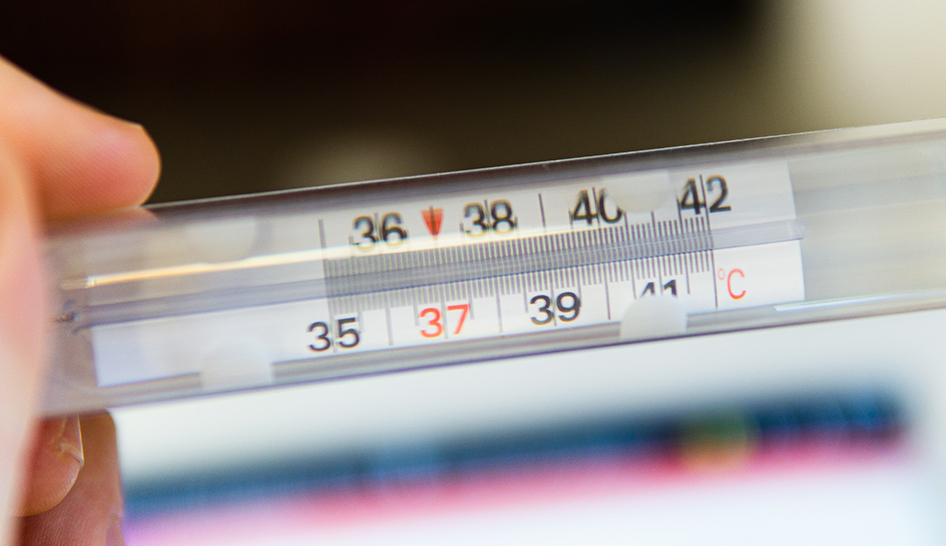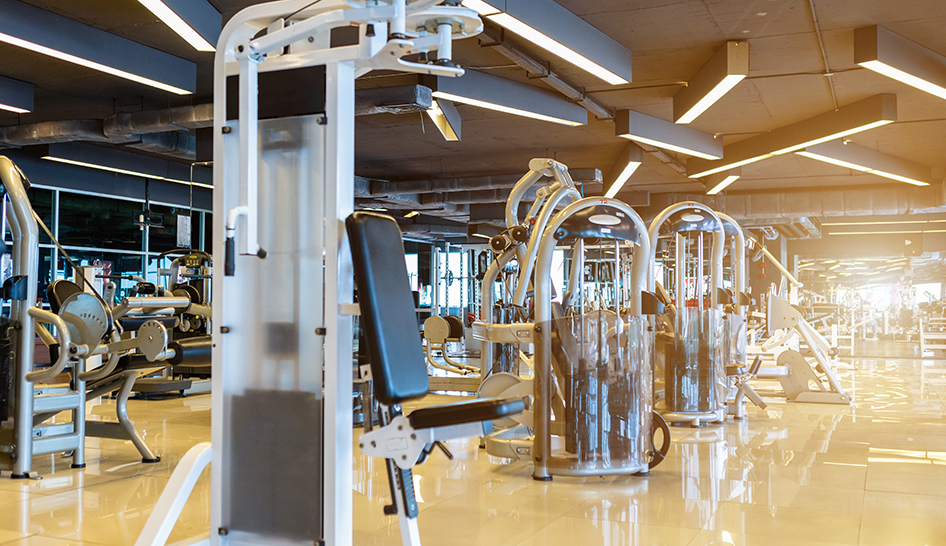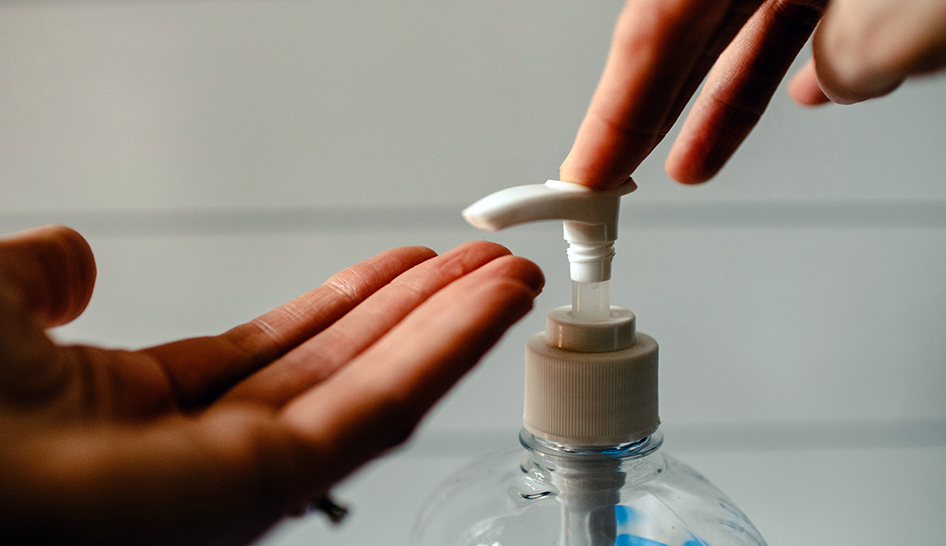As the economy begins to reopen in various areas around the world, local, state, and national governments may provide detailed, and lengthy, guidelines to follow for safe reopening. Health clubs should develop safe reopening plans that incorporate government requirements with a detailed strategy to keep club staff and members safe, specific to the needs and capabilities of their businesses.
To aid in this, IHRSA has developed a four-pronged framework for reopening clubs to use as a reference for state and national government bodies. The framework was developed to mitigate risk and enable health and fitness clubs to reopen, provide a safe and supportive place for physical activity, and pursue mental health and physical well-being through four key initiatives.
“With any plan, it is essential that the decision to reopen complies with the most up-to-date information from national, regional, state, and local authorities with regards to a reopening timetable and any restrictions you must put in place upon reopening,” says Alexandra Black Larcom, IHRSA’s senior manager of health promotion & health policy. (For more on the specifics of the framework, read "The Four-pronged Framework to Health Club Reopening."
To give you a clearer idea of how clubs are tackling this issue, we’ve put together examples showing how some IHRSA member clubs have started implementing new procedures.



